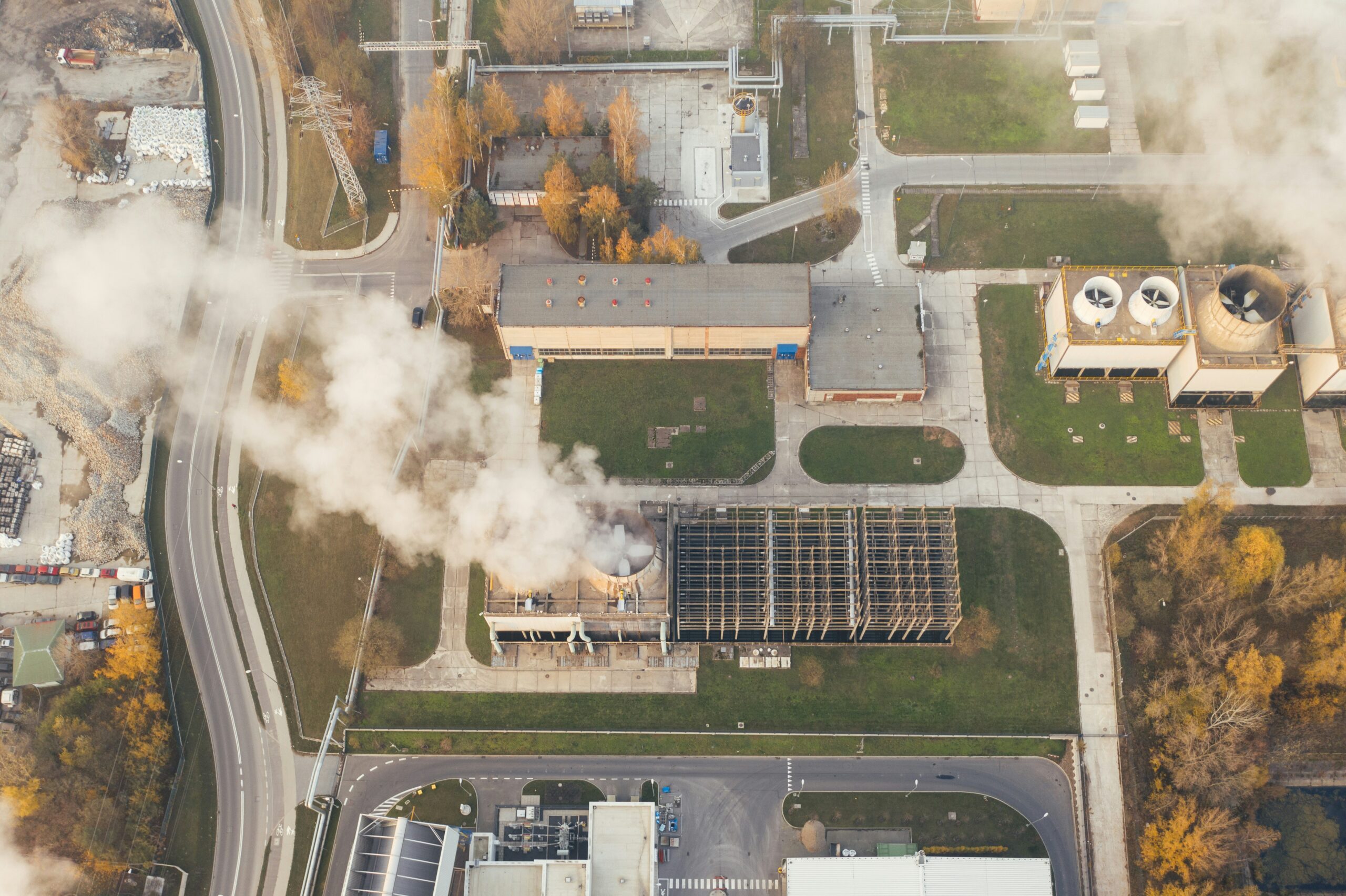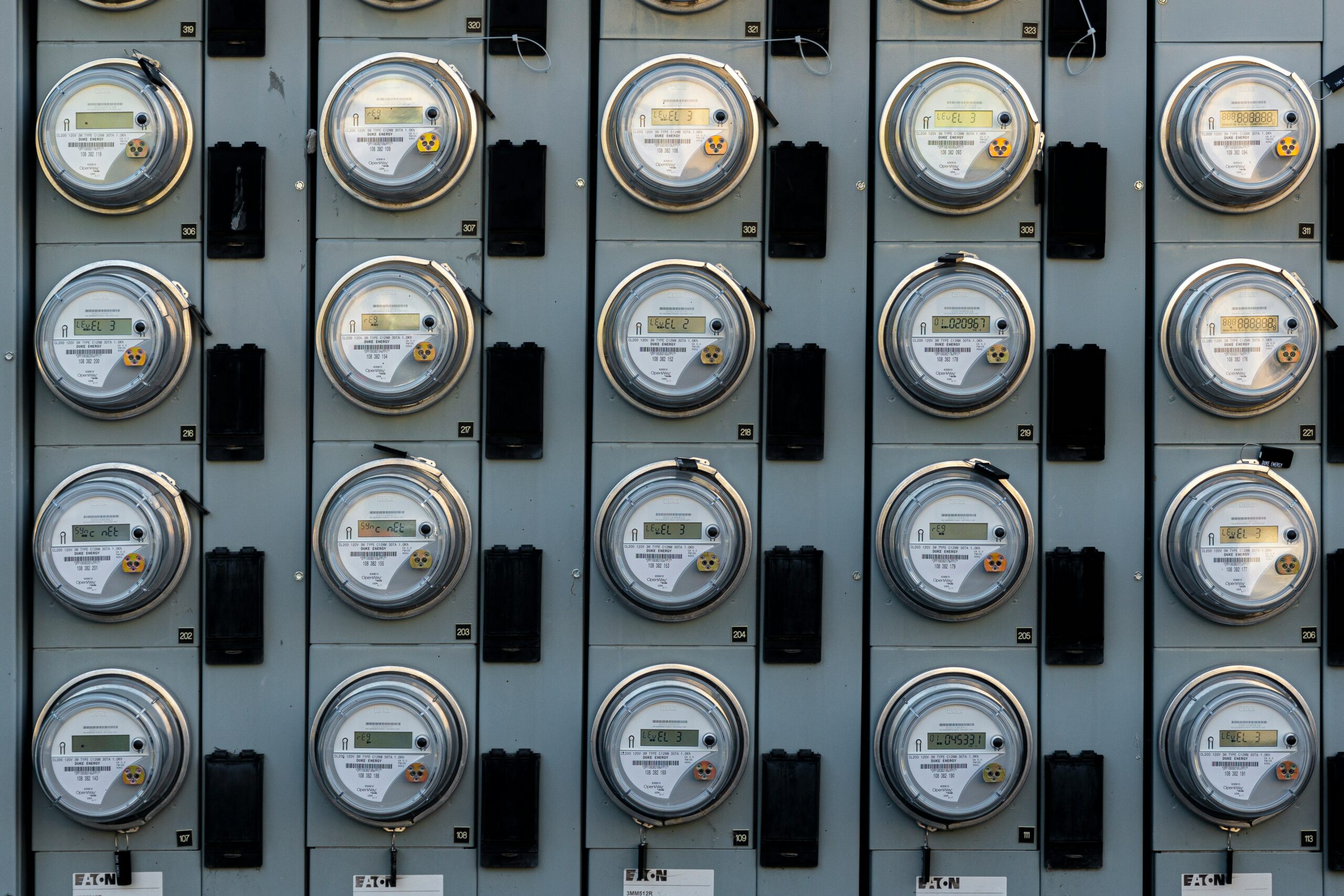
Trakref
ESG Study: WAC173-443, HFCs, and State Regulations

Where we’re generally at with ESG regulation
The Environmental Protection Agency (EPA) is the primary federal oversight body for what we think of conventionally as “climate” or “ESG regulation.” However, it’s relatively easy to argue that the EPA hasn’t been tremendously successful in this space over the past 30 years, and climate related problems have continued to plague most of the world. ESG initiatives are often stop-and-start and can feel performative or “green-washed,” and the data around ESG reporting doesn’t really pass muster federally. Leakage rates have gotten worse in the past three decades.
The U.S. Climate Action Network lacks formal power, but has emerged as a state-driven (and member-driven) antidote to some of the problems with the EPA. State regulations have helped us get better ESG legislation and ESG data, and better understand ESG risks and general risk management processes.
Refrigerant tracking regulations by the EPA refer to the requirements that apply to the monitoring and management of refrigerants used in various HVAC and refrigeration systems. The EPA’s regulations mandate that facilities using refrigerants must track their usage and report any leaks or releases above certain thresholds.
On the other hand, ESG (Environmental, Social, and Governance) refers to a set of criteria that investors use to evaluate a company’s sustainability and ethical practices. ESG considerations have become increasingly important to investors and stakeholders in recent years, and many companies are now focusing on improving their ESG performance.
Refrigerant tracking is relevant to ESG because refrigerants are potent greenhouse gases that contribute to climate change if they are released into the atmosphere. Therefore, effective management of refrigerants can help companies reduce their carbon footprint and improve their ESG performance. By implementing proper refrigerant tracking and leak detection programs, companies can reduce their greenhouse gas emissions and demonstrate their commitment to sustainability and responsible business practices. In this way, refrigerant tracking is an important aspect of ESG, particularly for companies in the HVAC and refrigeration industries.
That’s the big picture level of where we stand. There’s a psychological level too around ESG disclosures and climate related financial disclosures as well.
Psychologically, most people respond to any new initiative in the context of how it will affect them. (We’re pretty selfish animals.) Organizations are huge collections of individuals, so they do this too — often in worse ways than individuals do. When something comes out like a corporate sustainability reporting directive, or new demands around ESG data, the ideal scenario is that the legislation and regulation was intended to accomplish some goal.
Companies very rarely step back and look at the bigger picture, and instead dive into what they might need to do around ESG disclosure regulations or ESG disclosures in general. They dive into tactics, or “the what.” The problem? Strategy — “the why” — is more important. Companies miss that. (So do people, if you’ve ever worked in a standard corporate job.)
The regulatory landscape of ESG data and climate-related discussions and legislation is a constant dance between experts, policy-makers, companies, lawyers, investors, and more. The dance has only become more complicated in the last decade.
A lot of these processes around ESG, from sustainable investment to ESG disclosure regulation to even climate-related financial risks, take back out of public view. It’s not quite smoky rooms and black boxes, but it’s not much better.
Washington state, though, just had a multi-year process with multiple market participants and a task force of both regulators and experts and elected officials, and honestly, it went pretty well. As far as climate-related initiatives at a state level, it’s one of the best processes we’ve seen.
And even as it went well, there were still challenges and concerns that cropped up, mostly around ESG data and how to articulate the language of ESG.
The background on this specific ESG regulation in Washington
ESG regulation is obviously a massive part of the current economy, as well as the future of our planet. Years ago, we’d only be able to say a fraction of that, but the Securities and Exchange Commission has increasingly gotten involved in the last few years. ESG data is a priority for public companies now. That’s a big shift. That’s why you see these discussions more and more as a matter of public record, and climate-related disclosures even being considered a part of financial accounting by many companies.
Trakref is (thankfully for us) very involved in these discussions at a state-by-state level (and country-by-country level, honestly) for a variety of reasons. First off, we need to understand the market and the ESG regulation and reporting climate in each area, because it makes us true subject matter experts and allows us to make real-time updates to our HVAC compliance software. This means you get push-button compliance without having to track everything going on politically and socially; we do that part.
A good mini-case study in state regulation is happening in Washington right now. The background is such:
- In December 2020, they began a hydrofluorocarbon transition based on available science. There was another rulemaking session in August 2021.
- The initial rule was published as Chapter 173-443 WAC based on the original HFC law in Washington, and then later, with the second law passed in 2021, Chapter 173-443 WAC is being amended in the current rulemaking and is expected to be adopted by the end of 2023.
- There was a webinar recording about the current rulemaking of 173-443 at the end of January 2023, as well as an invitation for public comment that drew several responses. We’ll come back to those responses in a second.
For more context: The statutes that these rulemakings under Chapter 173-443 WAC can all be found here: Chapter 70A.60 RCW: HYDROFLUOROCARBONS—EMISSIONS REDUCTION (wa.gov). The first law passed was Washington State Legislature (HB 1112, 2019) and the second Washington State Legislature (HB 1050, 2021).
ESG regulation is a very confusing topic for many, including some who operate deep in the space where they should know about ESG regulation best practices. The Washington legislative proposals and processes paint an interesting picture of ESG regulation, state-by-state approaches, the role of semantics and language in everything, and how your own approach to ESG regulation and corporate sustainability reporting can be simplified.
What were some of the comments we made to Washington state?
The first topic was around reclaim. Washington had used this definition for reclaim, which comes from CARB (California Air Resources Board):
“Certified Reclaimed Refrigerant” to mean used (recovered) refrigerant that has been reclaimed by a U.S. EPA-certified refrigerant reclaimer from a previously operational appliance and meets all the following conditions:
(1) Meets all specifications in 40 C.F.R. Part 82, Subpart F, Appendix A (Specifications for Refrigerants) (January 1, 2017), which is incorporated herein by reference.
(2) Must have results of the analysis conducted to verify that reclaimed refrigerant meets the necessary specifications as required in (1) above; and
(3) Contains no greater than fifteen percent (15%) new (virgin) refrigerant by weight to meet the specifications in 40 C.F.R., Part 82, Subpart F, Appendix A (Specifications for Refrigerants) (January 1, 2017). The certified reclaimer must have documentation that supports it has not exceeded the maximum allowable virgin refrigerant content.
We saw some gaps in that definition which could impact the supply chain. Notably:
- Although section (3) the definition does include a statement of post-reclaim content, there is no defined standard or protocol for either recording, reporting, or auditing how buyers or sellers will certify this result.
- AHRI has a standard 700, which is routinely updated – but there is no allowable packaging format or protocol for packaging of reclaim refrigerant. The label of reclaim, therefore, is not allowed.
- Has the state considered the duration of time a material must be in use before it can allowably be considered “reclaim?” For instance, can a user buy refrigerant, apply it to an appliance, and then immediately extract it for reclamation? Is there an allowable time theta refrigerant must be in use before it can be considered “reclaimable” as defined in the definition provided by the state?
- How will companies prove that gas is reclaimed, and what documentation will be acceptable?
- Two scenarios to consider:
- A company buys virgin R-404A, then they run this gas through a reclaim system and sell it as reclaim – the reclaim will be at a higher price so the premium will justify the extra investment.
- A company buys virgin 404A, then sends the refrigerant into an appliance, the gas stays in the appliance for 24 hours. At that time, the gas is extracted and sent to reclaim, would this gas adequately meet the conditions 1-3 above?
The bottom line on “reclaim” and ESG regulation: Reclaim refrigerant is an important aspect of supply chain governance. Existing definitions primarily focus on the action process of cleaning and certifying the refrigerant – but they typically lack any real definition of the terminology related to the packaged material that the industry relies on when buying and selling these materials.
This is almost a language issue, which is something ESG regulation broadly struggles with when new ideas and legislative priorities/bills/dockets are presented. There is a lack of real definition associated with much ESG regulation terminology. That confuses people, and they need more help deciphering this world. That’s good for us – more business, and more people to help – but not always good for society, as companies avoid, ignore, or greenwash so as not to confront what they don’t understand.
One of the other main issues was leak rate calculation.
The determination of the amount of refrigerant leaked from a system is a complicated process that involves proper activity management and proper tracking of refrigerant usage over an extended period, as long as 365 days. Presently the definition provided by the state Department of Ecology adopted from the EPA 608, is missing some critical elements of clarity related to the extent of the leak inspection required to certify an appliance (system) as leak free.
The existing definition proposed in Chapter 173-443 WAC:
“Leak rate calculation” means the rate at which a refrigeration or air conditioning system is losing refrigerant, measured between refrigerant charges or inspections. The leak rate is expressed in terms of the average percentage of the system’s full charge lost on a monthly basis over the previous 12-months. The leak rate must be calculated using the 12-month rolling average method as follows:
- Step 1. Take the sum of the pounds of refrigerant added to the system over the previous 365-day period (or over the period that has passed since the last successful verification test showing all identified leaks were repaired if that period is less than one year);
- Step 2. Divide the result of step 1 by the pounds of refrigerant the system normally contains at a full charge; and
- Step 3. Multiply the result of step 2 by 100 to obtain a percentage
We suggested to Washington that the state specify the extent of the leak inspection required to certify that a leak has been resolved to the state’s satisfaction.
Again, a language issue around ESG regulation: the present definition does not go far enough in providing the workforce with clarity. The Business-as-Usual approach is to find a leak, make a repair and then certify that the leak you repaired is no longer leaking. If, as the state indicates, they expect the entire system to be leak-free before applying the formula and its conditions, then the Department of Ecology needs to state that it is mandatory to inspect the entire system, not just the location of the leak repaired and then further clarify the documentation process.
Still, a third language issue was around initial and follow-up verification.
The Department of Ecology has provided the following definitions related to initial and follow-up verification:
The results of an initial verification test required under WAC 173-443-120(5) within 45 days of the leak rate threshold exceedance based on the 12-month rolling average; (c)The results of a follow-up verification test, if required under WAC 173-443-120(6), within 60 days.
This definition is not in sync or harmonized with the Federal definitions provided in EPA 608.
We requested that the Department of Ecology adopt the Federal EPA terms, definitions, and processes for both initial and follow-up verification tests. The alternate definitions provided by the Department of Ecology – although well-intentioned – will cause confusion by a workforce that will not be required to participate in new training.
Additionally, even if the state does not require the follow-up verification and adjusts or creates a new definition for Initial verification, these definitions would fall under the supremacy clause and therefore the workforce would still be required to perform the initial and follow-up verification as defined by EPA 608. This would further complicate the documentation and recordkeeping process.
As you can see above, there are a lot of semantic and language issues around specific ESG regulation that can hold back company-level understanding of what to do, what to track, and where to turn.
What did some of the other comments to WA state reveal about ESG regulation?
- Gary Parker brought it back to the economy:
We are a distributor of parts and equipment to the Residential and Commercial Refrigeration and Air Conditioning Industry. We have (7) locations in Washington state and have been working closely with contractors and end users to implement environmental regulations for many years. Although we understand the importance of Low GWP regulations, the burden being placed on our industry and the community at large by this current rule making is dramatic. The infrastructure is simply not in place to implement these changes without a significant disruption to consumers. Also, the discussion surrounding additional retrofit prohibitions is simply not attainable at this time.
- The Air Conditioning, Heating, and Refrigeration Institute, in a letter by Vivian Cox, mostly redefined many of the terms involved with Washington’s proposed protocols.
- Christopher Douglass of the Environmental Investigation Agency proposed additional new definitions for terms throughout 173-443, He and co-author Christina Starr also noted this on leak thresholds and timelines:
While EIA supports the reduction of leak rate thresholds and notes the significant improvement over EPA 608 program thresholds, Washington should strongly consider setting a time frame to revisit and potentially further lower the leak thresholds over time as technologies and best practices continue to evolve and improve. Certain leak thresholds are still very high, particularly the proposed leak rate threshold of 24% for industrial process refrigeration systems.
You can read through more comments, some dating back a year or more, here.
The bottom line here on ESG regulation is that it’s complicated, each state will vary what they want (and sometimes it won’t be in accordance with established EPA definitions), and the timelines can be long. The other important thing to remember is that most of the ESG regulation work currently happening at the state level in the U.S. is in the form of living documents. Very few people are going through Washington Ecology websites and reading comments, no. But the future of the American west might be happening in those comment sections, at some level. Sounds overstated – but isn’t.



